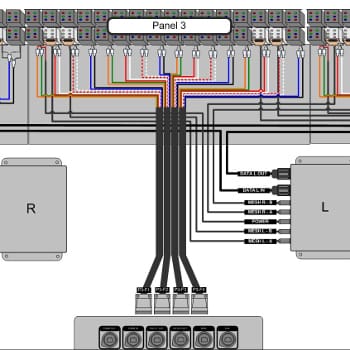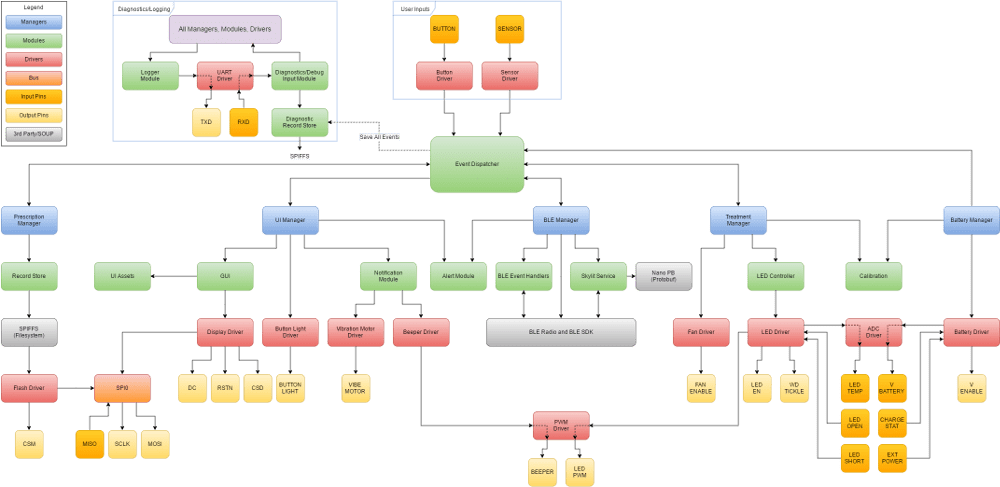SYSTEMS ENGINEERING: MANAGING INTERACTIONS
Project delays are often caused by unanticipated interactions between subsystems or by environmental effects on the operation of the device, such as temperature, electromagnetic interference, RFI, shock, and vibration. NOVO’s systems engineering technical leads have the responsibility of anticipating and planning for these interactions and effects. Our systems engineers have operational knowledge of the major engineering disciplines, including mechanical engineering, electrical engineering, and software development. They are also knowledgeable about common manufacturing processes and regulatory issues. This survey-level knowledge across disciplines gives them the perspective to anticipate where problems are likely to arise.

Our leads are also responsible for working with subsystem owners and outside design partners to negotiate design trade-offs and ensure communication. They are responsible for ensuring that design decisions are driven by the appropriate analysis and feasibility demonstrations. Effective systems engineering avoids issues with compliance, performance, reliability, usability, and serviceability that might arise later in the product development effort.
ELECTRONIC SYSTEM DESIGN
Electronic system design involves complex interactions between the many different subsystems and components that comprise the entire product. System designers routinely consider the interactions between the electrical and mechanical systems, signal propagation in the electrical system, and data flow in the software communications system. These interactions require careful design and consideration of trade-offs in the design of individual subsystems and components to arrive at a solution that balances the needs of cost and reliability while limiting the system complexity.
Our systems engineers take the lead on the development of the initial system architecture, using their experience with similar devices to anticipate interactions between subsystems, between the system and the environment, or between the system and the user. A robust system architecture and a systems engineering approach to problem solving promote efficient root cause analysis and appropriate design solutions.
During testing, system considerations drive the design and execution of test plans and quality control procedures, which are critical to verifying that the product meets performance and reliability targets. For systems of any significant complexity, our systems engineering expertise throughout the design process is instrumental in achieving a product that meets the needs of all the stakeholders, including clients, manufacturing partners, and end users of the product.

